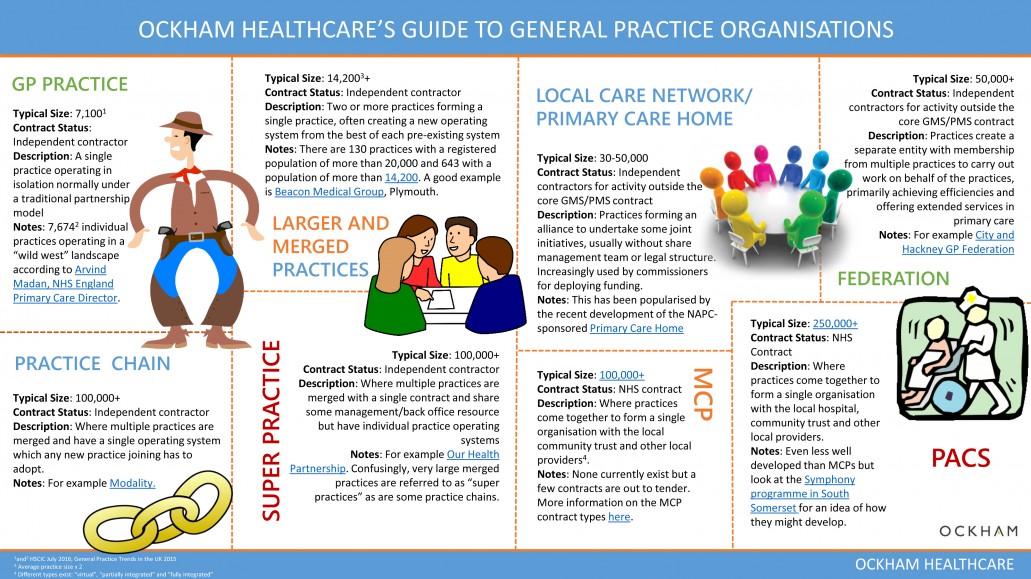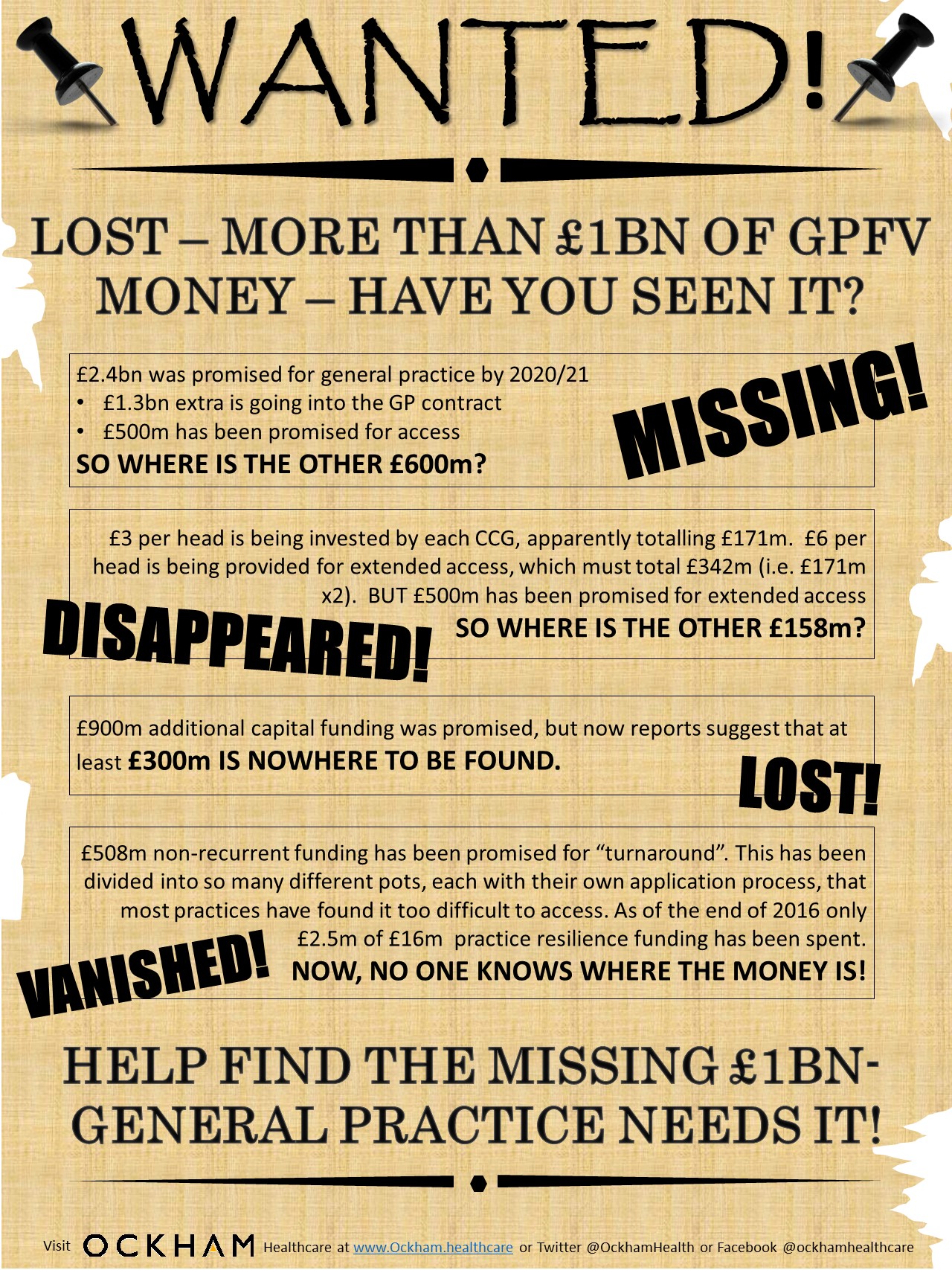In this week’s Blog, guest blogger Nick Mattick demonstrates that GP recruitment cannot be rushed as he outlines the key stages to effective recruitment and spells out the common mistakes practices often make.
It’s a common misunderstanding in GP recruitment that spreading the net as wide as possible and throwing money around will solve the problem. But, in the current recruitment crisis where there are simply not enough GPs to go round, this is unlikely to be the case.
The reality is that your GP vacancy is only likely to appeal to certain people and to attract those people, you need a clearly defined strategy which outlines who they are and how you can target them. The lack of a strategy, or an ill-defined process may not only fail to deliver you any appropriate candidates – it could even lose you applicants who walk away in frustration.
In this blog I am outlining the six key stages to developing such a strategy. They are:
1.Define your candidate – What does the practice want and who is most likely to apply? Focus on who your candidates are likely to be dependent on the type and location of the job on offer. For instance candidates with young families are most likely to want facilities, infrastructure and flexible hours. Whereas those a little longer in the tooth, with the kids off at university, maybe downsizing and wanting to get away from the busy city.
What qualities might a successful candidate possess and how does the practice make itself more attractive to those candidates? Here, you need to consider how the practice will respond to issues such as work/life balance, portfolio roles, specialist training and, perhaps, opportunities to work with other practices to offer more exciting or innovative roles etc.
2.Candidate Attraction – This means getting your defined applicant to see your advert. Your advert is an excellent way to demonstrate what you have to offer candidates. But too often I see lazy adverts which say something bland like; “we’re a friendly team, this is our list size, our IT system and our opening times – come and work for us.” But adverts like those could be for any practice, anywhere in the country. You must find your unique selling point (your USP) and get applicants to become interested in the story you tell about yourself.
For your advert to stand out amongst all the others, you will need to advertise where your defined applicants are likely to be looking, so consider using Google AdWords, LinkedIn and Facebook; these have great tools to really focus on selling your job to the right people.
3.Candidate Handling – How do you deal with applicants once they have expressed an interest? Communication is key. Always acknowledge a CV and give a timeline for your process. Tell applicants what documents you will want from them, and ask them what they want from you.
Have ready all relevant documentation that applicants are likely to need including, as a minimum, the current Job Description and a Person Specification. But also consider CQC reports, Ofsted reports about local schools etc. Offer applicants informal visits and be prepared to help with estate agents or organising house viewings. And don’t forget to ensure your practice website is up-to-date.
4.The Interview – The interview is not just about candidates selling themselves to you; it is your chance to sell yourself to candidates. So be organized on the day and pre-plan questions; agree who will ask what questions when.
A clean, uncluttered, open and light room will put your candidate at ease. Try going informal – don’t sit behind a desk. Offer a tour of the practice and introduce them to colleagues – but most of all, however you do it, make them feel welcomed.
5.Negotiation – Once you have found your candidate you are aiming to achieve a Win: Win. You probably won’t get exactly what you are looking for and you probably aren’t exactly what the candidate is looking for either; so consider how you will “close the deal” and get both parties as close as possible to what they are looking for. Agree in advance what are “red lines” and what’s up for discussion. Many people, when recruiting, think it’s all about the money – but in most cases it isn’t. Find out what’s really most important to a candidate.
6.On-boarding – This is about getting your candidate to the start line and to hit the ground running. It’s more difficult in GP recruitment because of the long notice periods that lock GPs into jobs – usually for 3-6 months; so make sure you continue to engage with your candidate during this time.
Invite them to practice meetings or social events, offer help with finding somewhere to live, get all the paperwork and compliance done in advance and offer them an induction session before starting. Keep up the communication and start forming relationships early.
If you’re looking for an urgent start consider “buying them out” of their notice period. On Day One make sure you are ready for them to start with email and log-ins available, a list of who’s who and housekeeping issues clear such as how the phones work and how to get refreshments; and even think about, as a particularly nice touch – a welcome gift!
In essence then the key lessons for GP recruitment are:
Recruitment is not something that can be done over a sandwich at your desk – it requires a lot of effort, work and planning.
- Don’t expect to place an ad in the BMJ and have candidates queuing at the door; you have to work for them.
- It will take some compromise.
- Don’t be locked into a mindset of replacing like for like recruitment is an opportunity to change, to freshen things up.
- Recruitment is all about up-front planning, a clear process, adapting and communicating.
- Above all – you need to sell, sell, sell!
Nick Mattick is an expert in Clinical Recruitment & Recruitment Strategy. Nick has worked for NHS and private healthcare service providers and recruitment agencies. You can contact Nick:
Call 029 2051 2517 or email Nicolas.mattick@me.com
www.OliverRose.net
Recruitment strategy, planning, help, support, advice & experience in all things Clinical Recruitment. We’re not an agency – we help you to avoid having to use one.




